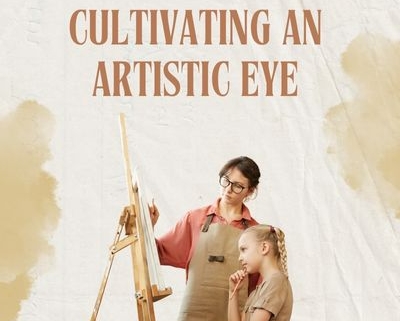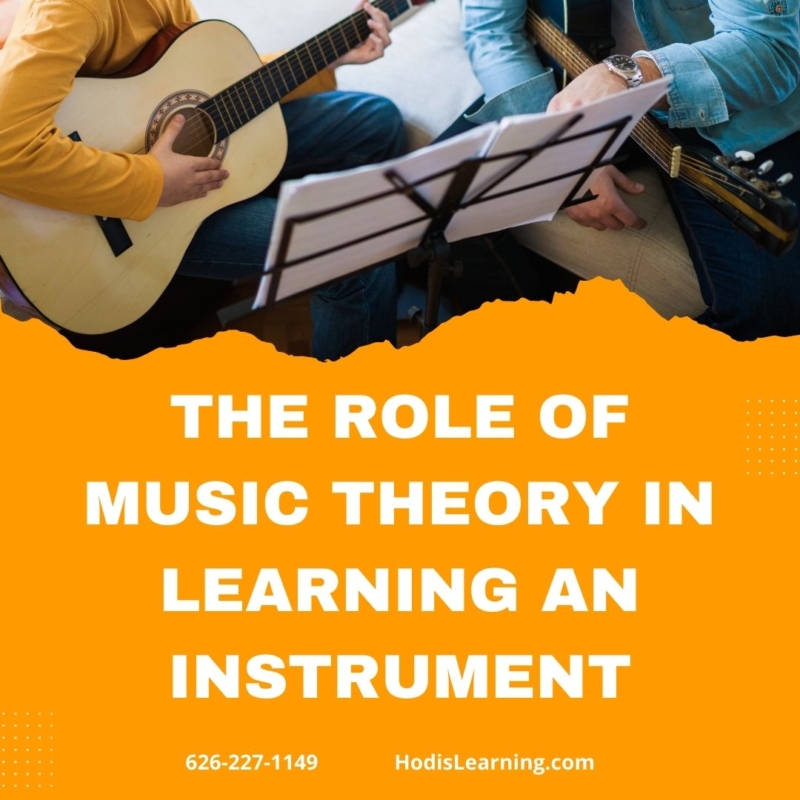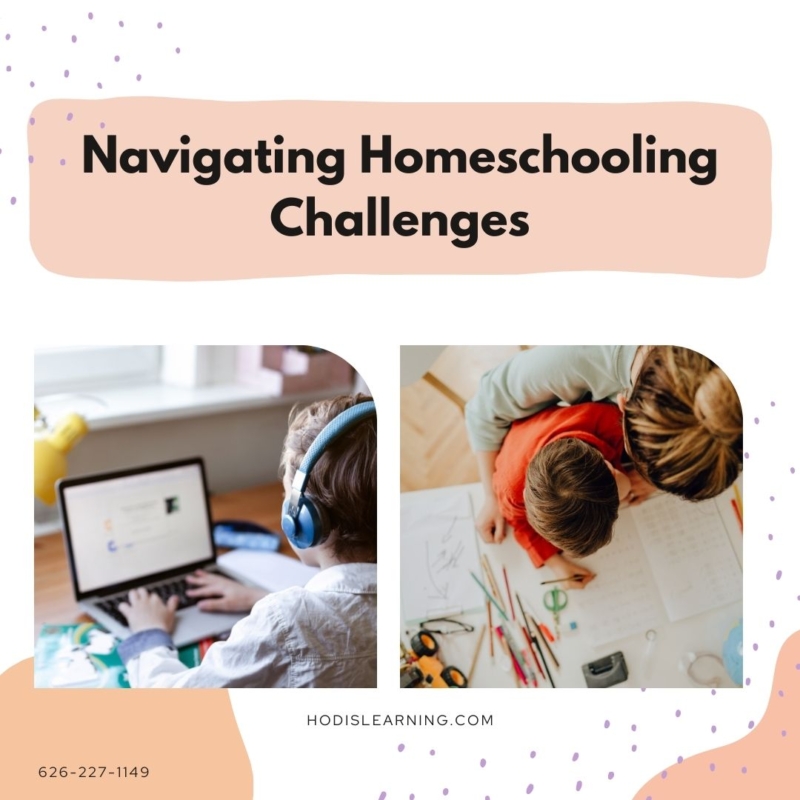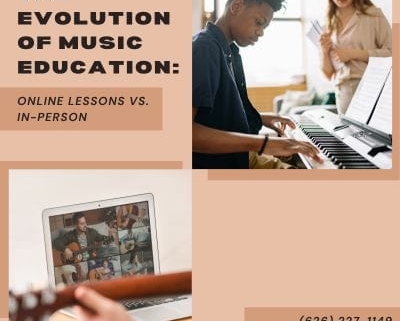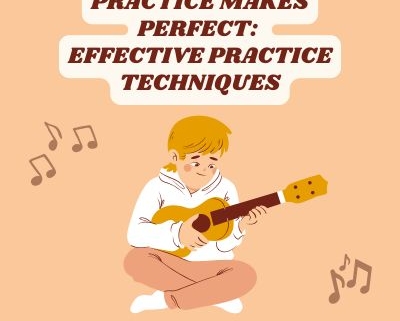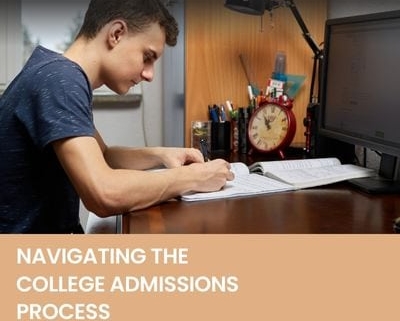Great artists see the world differently. They notice the interaction between light and shadow, the subtleties of color, and the shapes hidden in everyday objects. Developing this “artistic eye” is not just about creating better art, it’s about appreciating the beauty in the world around you. Looking to sharpen your artistic perception and gain an artist’s eye? Read on to discover how.
1. Train Your Eye to See Shapes
Everything around us is made up of basic shapes like circles, squares, and triangles. Finding these shapes and learning how to break down complex objects into their simplest forms can help you better understand proportions and composition.
Exercise:
- Choose an everyday object, like a mug or a plant. Sketch it quickly using only basic shapes. For example, you might draw a mug as a cylinder with a rectangular handle. Add more details gradually to transform the shapes into a more realistic representation.
2. Observe Light and Shadow
Shadows and highlights are crucial for adding depth and dimension to art. But first, you need to understand how light interacts with surfaces.
Exercise:
- Place an object like a cup or a piece of fruit under a single light source. Observe the shadows it casts and the way light creates gradients on its surface.
- Try sketching the object, focusing on the shadows and highlights rather than the object’s outline. Use shading techniques like cross-hatching or blending to mimic the light effects.
3. Focus on Colors in Everyday Life
Colors are rarely as simple as they seem. Part of having an artistic eye is identifying the variations and gradients within a color. A green leaf might contain hints of yellow, blue, or even purple, depending on the light and its surroundings.
Exercise:
- Spend time observing the colors around you. Look for unexpected hues in familiar objects, like the reddish tones in shadows or the various shades and colors within a patch of grass.
- Use a sketchbook to create a color wheel based on what you see. Mix paints or layer colored pencils to match the real-life colors.
4. Practice Gesture Drawing
Gesture drawing is a quick and loose sketching technique that captures the essence of a subject’s movement or form. It’s particularly useful for understanding proportions, movement, and flow.
Exercise:
- Set a timer for 30 seconds to 2 minutes. Sketch a person, animal, or object in motion, focusing on the overall form and energy rather than details.
- Repeat this with different subjects to develop your ability to quickly capture what you observe around you.
5. Keep a Daily Observation Journal
Make observation a daily habit. Keep a sketchbook or journal on hand to document things that catch your eye as you develop your artistic observation skills.
Exercise:
- Dedicate a few minutes each day to drawing or writing about something you observed. Maybe you noticed the way the afternoon light filtered through the leaves on a tree or the geometric patterns on a building.
- Reflect on what makes these details stand out and how you might incorporate them into your art.
6. Slow Down and Be Present
In today’s fast-paced world, it’s easy to overlook the beauty around us. Cultivating an artistic eye requires mindfulness and patience.
Exercise:
- Spend time in a park, a museum, or a busy coffee shop. Challenge yourself to notice something new every five minutes—a unique color combination, an interesting shadow, or a striking texture. Sketch or jot down your observations to reinforce your discoveries.
Final Thoughts
Developing an artistic eye is a journey that takes time and practice. As you consistently complete the exercises above, you’ll not only improve your artistic skills but also gain a new perspective on the world. Remember, art is as much about seeing as it is about creating.
Whether you’re just starting or looking to refine your skills, our private art lessons provide personalized guidance to help you develop your artistic talents.. Call or email us to learn more or book your first session.
